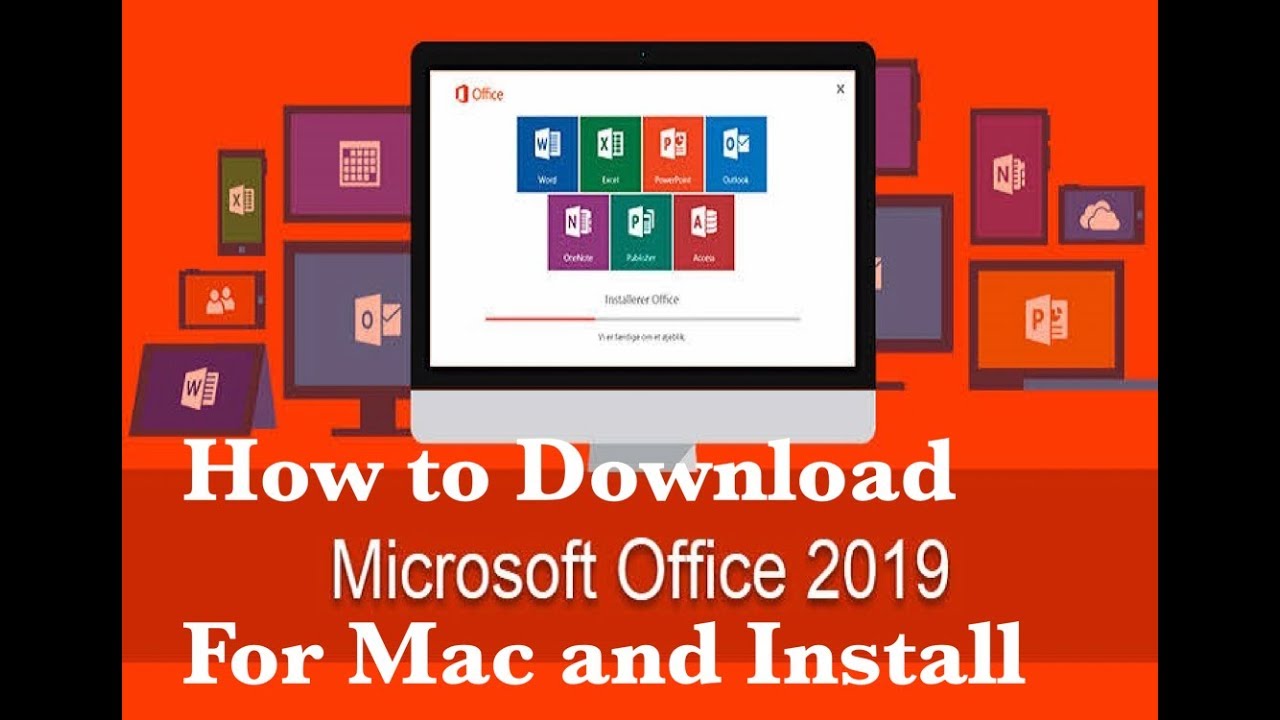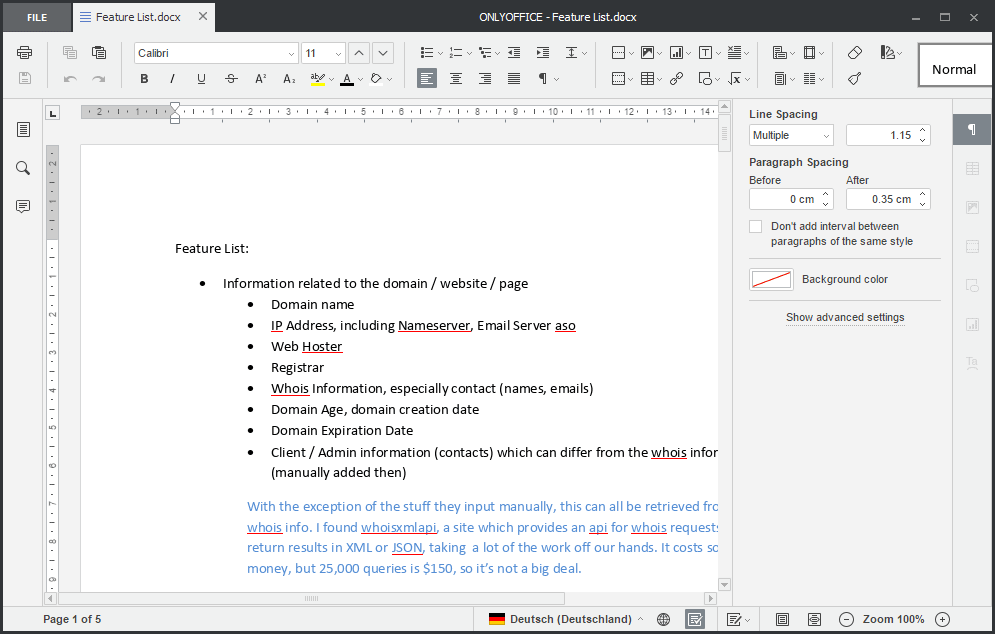- Microsoft Remote Access For Mac Os X
- Install Access On Mac
- Access For Macbook
- Microsoft Access For Mac Os X
In this article, you'll learn how to install .NET Core on macOS. .NET Core is made up of the runtime and the SDK. The runtime is used to run a .NET Core app and may or may not be included with the app. The SDK is used to create .NET Core apps and libraries. The .NET Core runtime is always installed with the SDK.
This content applies to Windows Virtual Desktop with Azure Resource Manager Windows Virtual Desktop objects. If you're using Windows Virtual Desktop (classic) without Azure Resource Manager objects, see this article. Microsoft access mac free download - Microsoft Virtual PC for Mac 7.0.3 Update, Parallels Desktop for Mac, Microsoft Virtual PC for Mac Update, and many more programs. Without it Access Forms & Reports would be nonexistent as would other core elements of the program. IMHO, the likelihood of any sort of acceptable imitation for the Mac is remote at best. Other data management apps for the Mac can be used to interface with Access tables.
- You have full access permissions to a shared mailbox. When you have Full Access permission to a shared mailbox—that is, Full Access permission of a mailbox set up through Exchange Admin Center (EAC)—you can add the shared mailbox with your own credentials. To open the shared mailbox: On the Tools menu, click Accounts.
- Download Microsoft Office 2019 for Mac Free. It is full Latest Version setup of Microsoft Office 2019 Premium Pro DMG for Apple Macbook OS X. Brief Overview of Microsoft Office 2019 for Mac OS X. Microsoft Office 2019 for Mac is a very handy office suite that is being in use for so many years and it also the most widely used office suite all.
The latest version of .NET Core is 3.1.
Supported releases

The following table is a list of currently supported .NET Core releases and the versions of macOS they're supported on. These versions remain supported either the version of .NET Core reaches end-of-support.
- A ✔️ indicates that the version of .NET Core is still supported.
- A ❌ indicates that the version of .NET Core isn't supported.
| Operating System | .NET Core 2.1 | .NET Core 3.1 | .NET 5 Preview |
|---|---|---|---|
| macOS 10.15 'Catalina' | ✔️ 2.1 (Release notes) | ✔️ 3.1 (Release notes) | ✔️ 5.0 Preview (Release notes) |
| macOS 10.14 'Mojave' | ✔️ 2.1 (Release notes) | ✔️ 3.1 (Release notes) | ✔️ 5.0 Preview (Release notes) |
| macOS 10.13 'High Sierra' | ✔️ 2.1 (Release notes) | ✔️ 3.1 (Release notes) | ✔️ 5.0 Preview (Release notes) |
| macOS 10.12 'Sierra' | ✔️ 2.1 (Release notes) | ❌ 3.1 (Release notes) | ❌ 5.0 Preview (Release notes) |
Unsupported releases
The following versions of .NET Core are ❌ no longer supported. The downloads for these still remain published:
- 3.0 (Release notes)
- 2.2 (Release notes)
- 2.0 (Release notes)
Runtime information
The runtime is used to run apps created with .NET Core. When an app author publishes an app, they can include the runtime with their app. If they don't include the runtime, it's up to the user to install the runtime.
There are three different runtimes you can install on macOS:
ASP.NET Core runtime
Runs ASP.NET Core apps. Includes the .NET Core runtime.
.NET Core runtime
This runtime is the simplest runtime and doesn't include any other runtime. It's highly recommended that you install ASP.NET Core runtime for the best compatibility with .NET Core apps.
SDK information
The SDK is used to build and publish .NET Core apps and libraries. Installing the SDK includes both runtimes: ASP.NET Core and .NET Core.
Dependencies
.NET Core is supported on the following macOS releases:
| .NET Core Version | macOS | Architectures | |
|---|---|---|---|
| 3.1 | High Sierra (10.13+) | x64 | More information |
| 3.0 | High Sierra (10.13+) | x64 | More information |
| 2.2 | Sierra (10.12+) | x64 | More information |
| 2.1 | Sierra (10.12+) | x64 | More information |
Beginning with macOS Catalina (version 10.15), all software built after June 1, 2019 that is distributed with Developer ID, must be notarized. This requirement applies to the .NET Core runtime, .NET Core SDK, and software created with .NET Core.
The installers for .NET Core (both runtime and SDK) versions 3.1, 3.0, and 2.1, have been notarized since February 18, 2020. Prior released versions aren't notarized. If you run a non-notarized app, you'll see an error similar to the following image:
For more information about how enforced-notarization affects .NET Core (and your .NET Core apps), see Working with macOS Catalina Notarization.
libgdiplus
.NET Core applications that use the System.Drawing.Common assembly require libgdiplus to be installed.
An easy way to obtain libgdiplus is by using the Homebrew ('brew') package manager for macOS. After installing brew, install libgdiplus by executing the following commands at a Terminal (command) prompt:
Install with an installer
macOS has standalone installers that can be used to install the .NET Core 3.1 SDK:
Download and manually install
As an alternative to the macOS installers for .NET Core, you can download and manually install the SDK and runtime. Manual install is usually performed as part of continuous integration testing. For a developer or user, it's generally better to use an installer.
If you install .NET Core SDK, you don't need to install the corresponding runtime. First, download a binary release for either the SDK or the runtime from one of the following sites:
- ✔️ .NET 5.0 preview downloads
- ✔️ .NET Core 3.1 downloads
- ✔️ .NET Core 2.1 downloads
Next, extract the downloaded file and use the export command to set variables used by .NET Core and then ensure .NET Core is in PATH.
To extract the runtime and make the .NET Core CLI commands available at the terminal, first download a .NET Core binary release. Then, open a terminal and run the following commands from the directory where the file was saved. The archive file name may be different depending on what you downloaded.
Use the following command to extract the runtime:
Microsoft Remote Access For Mac Os X
Use the following command to extract the SDK:
Tip
The preceding export commands only make the .NET Core CLI commands available for the terminal session in which it was run.
You can edit your shell profile to permanently add the commands. There are a number of different shells available for Linux and each has a different profile. For example:
- Bash Shell: ~/.bash_profile, ~/.bashrc
- Korn Shell: ~/.kshrc or .profile
- Z Shell: ~/.zshrc or .zprofile
Edit the appropriate source file for your shell and add :$HOME/dotnet to the end of the existing PATH statement. If no PATH statement is included, add a new line with export PATH=$PATH:$HOME/dotnet.
Also, add export DOTNET_ROOT=$HOME/dotnet to the end of the file.
This approach lets you install different versions into separate locations and choose explicitly which one to use by which application.
Install with Visual Studio for Mac
Visual Studio for Mac installs the .NET Core SDK when the .NET Core workload is selected. To get started with .NET Core development on macOS, see Install Visual Studio 2019 for Mac. For the latest release, .NET Core 3.1, you must use the Visual Studio for Mac 8.4.
Install alongside Visual Studio Code
Visual Studio Code is a powerful and lightweight source code editor that runs on your desktop. Visual Studio Code is available for Windows, macOS, and Linux.
While Visual Studio Code doesn't come with an automated .NET Core installer like Visual Studio does, adding .NET Core support is simple.
- Download and install Visual Studio Code.
- Download and install the .NET Core SDK.
- Install the C# extension from the Visual Studio Code marketplace.
Install with bash automation
The dotnet-install scripts are used for automation and non-admin installs of the runtime. You can download the script from the dotnet-install script reference page.
The script defaults to installing the latest long term support (LTS) version, which is .NET Core 3.1. You can choose a specific release by specifying the current switch. Include the runtime switch to install a runtime. Otherwise, the script installs the SDK.
Note
The command above installs the ASP.NET Core runtime for maximum compatability. The ASP.NET Core runtime also includes the standard .NET Core runtime.

Docker
Containers provide a lightweight way to isolate your application from the rest of the host system. Containers on the same machine share just the kernel and use resources given to your application.
Install Access On Mac
.NET Core can run in a Docker container. Official .NET Core Docker images are published to the Microsoft Container Registry (MCR) and are discoverable at the Microsoft .NET Core Docker Hub repository. Each repository contains images for different combinations of the .NET (SDK or Runtime) and OS that you can use.
Microsoft provides images that are tailored for specific scenarios. For example, the ASP.NET Core repository provides images that are built for running ASP.NET Core apps in production.
For more information about using .NET Core in a Docker container, see Introduction to .NET and Docker and Samples.
Access For Macbook
Next steps
Microsoft Access For Mac Os X
- How to check if .NET Core is already installed.
- Working with macOS Catalina notarization.
- Tutorial: Get started on macOS.
- Tutorial: Create a new app with Visual Studio Code.
- Tutorial: Containerize a .NET Core app.
